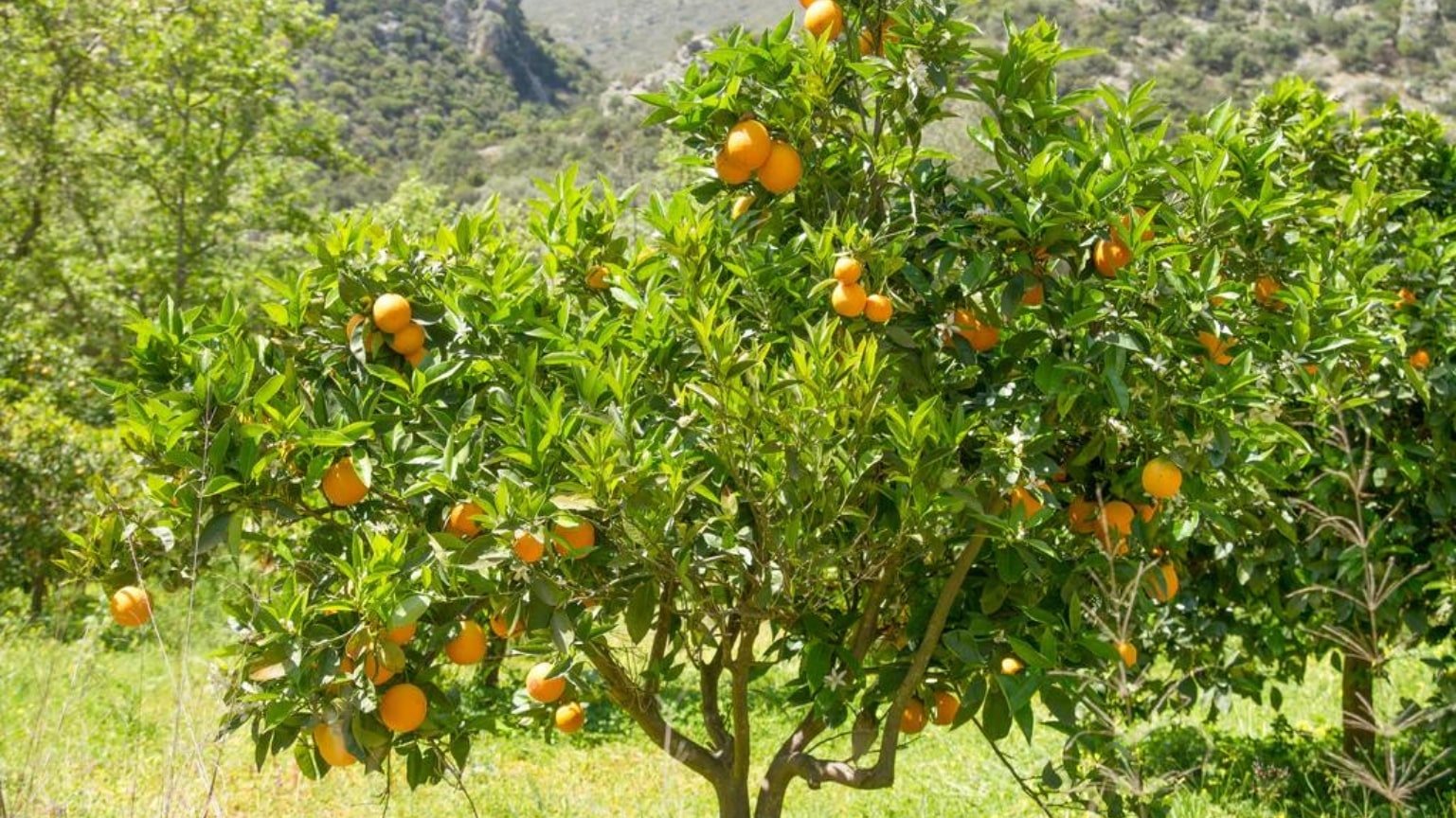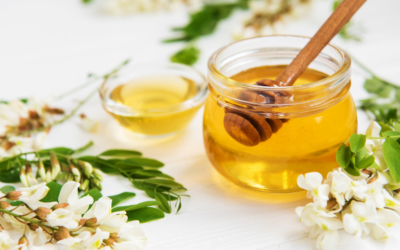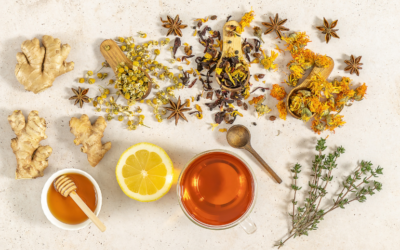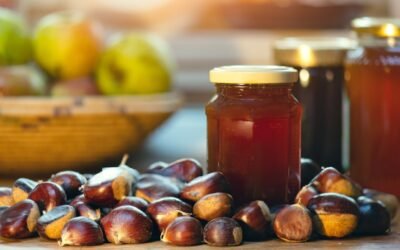
Introduction
Orange blossom honey, with its delicate flavor and aromatic essence, stands as a testament to the beauty and bounty of nature. Derived from the nectar of orange blossom flowers, this golden elixir captivates the senses with its floral notes and subtle citrus undertones. In this article, we embark on a journey through the world of orange blossom honey, uncovering its origins, unique characteristics, health benefits, culinary uses, and cultural significance.
Origins and Harvesting of Orange Blossom Honey
Orange blossom honey is produced from the nectar of orange blossom flowers, which bloom on citrus trees such as orange, lemon, and grapefruit. These fragrant blossoms attract bees, which diligently collect nectar to produce honey. The harvesting of orange blossom honey typically coincides with the citrus blooming season, which varies depending on geographical location and climatic conditions. Beekeepers strategically place hives in citrus orchards to maximize honey production during this period, ensuring a steady supply of this prized honey.
Flavor Profile and Characteristics
One of the most distinctive features of orange blossom honey is its delicate flavor profile, characterized by floral notes and hints of citrus. The honey exhibits a light golden color and a smooth, liquid consistency, making it a versatile ingredient in both sweet and savory dishes. Its subtle sweetness and aromatic fragrance make orange blossom honey a favorite among honey enthusiasts and culinary aficionados alike.
Nutritional Benefits of Orange Blossom Honey
Like all varieties of honey, orange blossom honey offers a range of nutritional benefits. It serves as a natural source of carbohydrates, providing a quick and easily digestible energy boost. Additionally, orange blossom honey contains trace amounts of vitamins, minerals, and antioxidants, including vitamin C, potassium, and flavonoids, which may support overall health and immune function. Its antimicrobial properties also make it a popular remedy for soothing sore throats and coughs.
Culinary Uses of Orange Honey
Orange blossom honey’s delicate flavor and floral aroma lend themselves well to a variety of culinary applications. It serves as a natural sweetener in beverages such as tea, lemonade, and cocktails, adding a touch of sweetness and depth of flavor. Orange blossom honey also pairs beautifully with cheese, fruit, and nuts, making it an ideal accompaniment to cheese platters, fruit salads, and dessert boards. Moreover, it can be drizzled over yogurt, oatmeal, or pancakes for a nutritious and flavorful breakfast option.
Cultural Significance
Beyond its culinary uses, orange blossom honey holds cultural significance in various regions around the world. In many cultures, orange blossoms are revered for their beauty and symbolism, representing purity, fertility, and new beginnings. Orange blossom honey plays a role in traditional ceremonies, festivals, and rituals, celebrating the harvest and the bounty of nature. Its inclusion in wedding ceremonies symbolizes sweetness and prosperity, marking the beginning of a new chapter in life.
FAQ About Orange Blossom Honey
Is orange blossom honey rare?
Orange blossom honey is not necessarily rare, but its availability can vary depending on factors such as geographical location, climate, and agricultural practices. In regions where citrus orchards thrive and orange trees bloom abundantly, such as Florida, California, and Mediterranean countries, orange blossom honey is more readily available during the citrus blooming season. However, compared to some other honey varieties, such as clover honey, which is widely produced and readily available year-round, orange blossom honey may be considered relatively less common due to its specific floral source and limited harvesting window.
What’s the difference between orange blossom honey and regular honey?
The primary difference between orange blossom honey and “regular” honey lies in their floral sources and resulting flavor profiles. Orange blossom honey is derived specifically from the nectar of orange blossom flowers, imparting a delicate citrus aroma and subtle floral notes to the honey. In contrast, “regular” honey, which may refer to varieties like clover honey or wildflower honey, is a blend of nectar collected from various flowers and plants within a specific region, resulting in a more diverse flavor profile. While orange blossom honey offers a distinctively light and fragrant taste reminiscent of orange blossoms, “regular” honey varieties can vary widely in flavor depending on the plants from which the bees collect nectar, ranging from mild and floral to robust and earthy.
Conclusion
In conclusion, orange blossom honey stands as a testament to the intricate relationship between bees, flowers, and the natural world. Its delicate flavor, aromatic fragrance, and nutritional benefits make it a cherished ingredient in kitchens and pantries worldwide. Whether enjoyed on its own, drizzled over desserts, or incorporated into savory dishes, orange blossom honey continues to captivate taste buds and inspire appreciation for the wonders of nature’s bounty.



